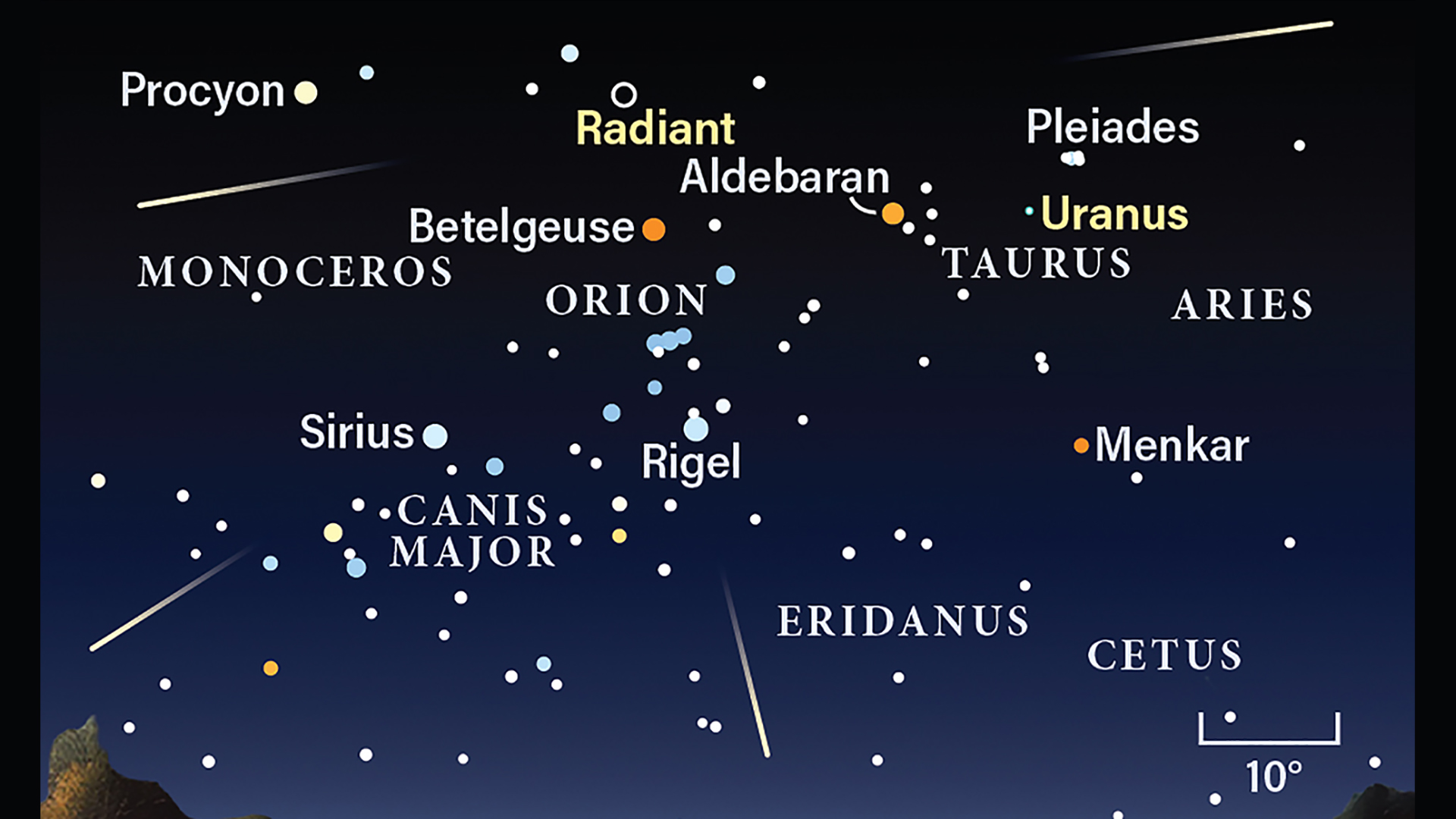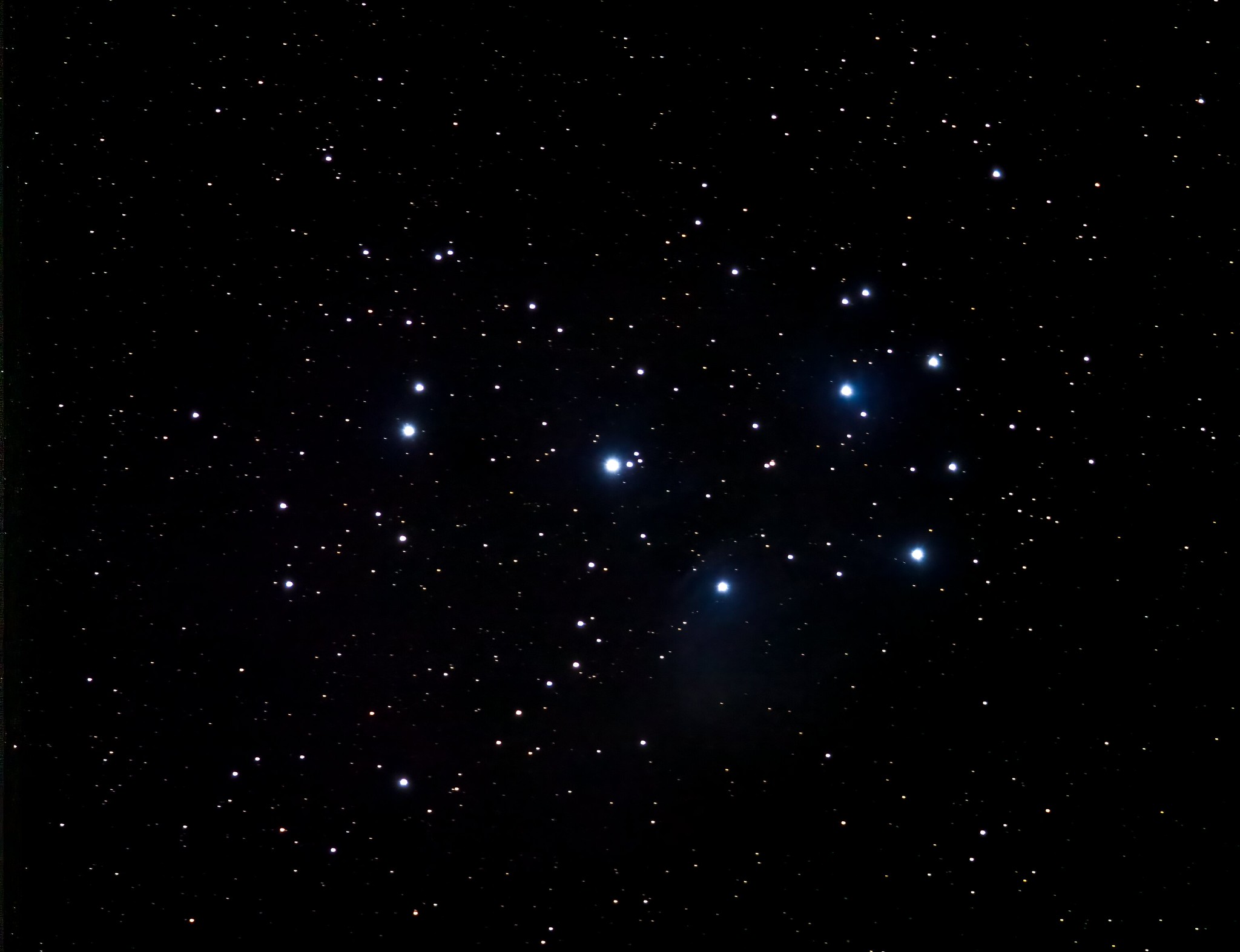Shop Now
Telescopes and astronomy products
-
Astrophotography Telescopes
Beginner Telescope: 70mm Aperture, 15x-150x Magnification
Buy Now on Amazon -
70mm Aperture Telescopes
Celestron 70mm Travel Scope: Portable Telescope for Beginners
Buy Now on Amazon
Latest News
From around the web
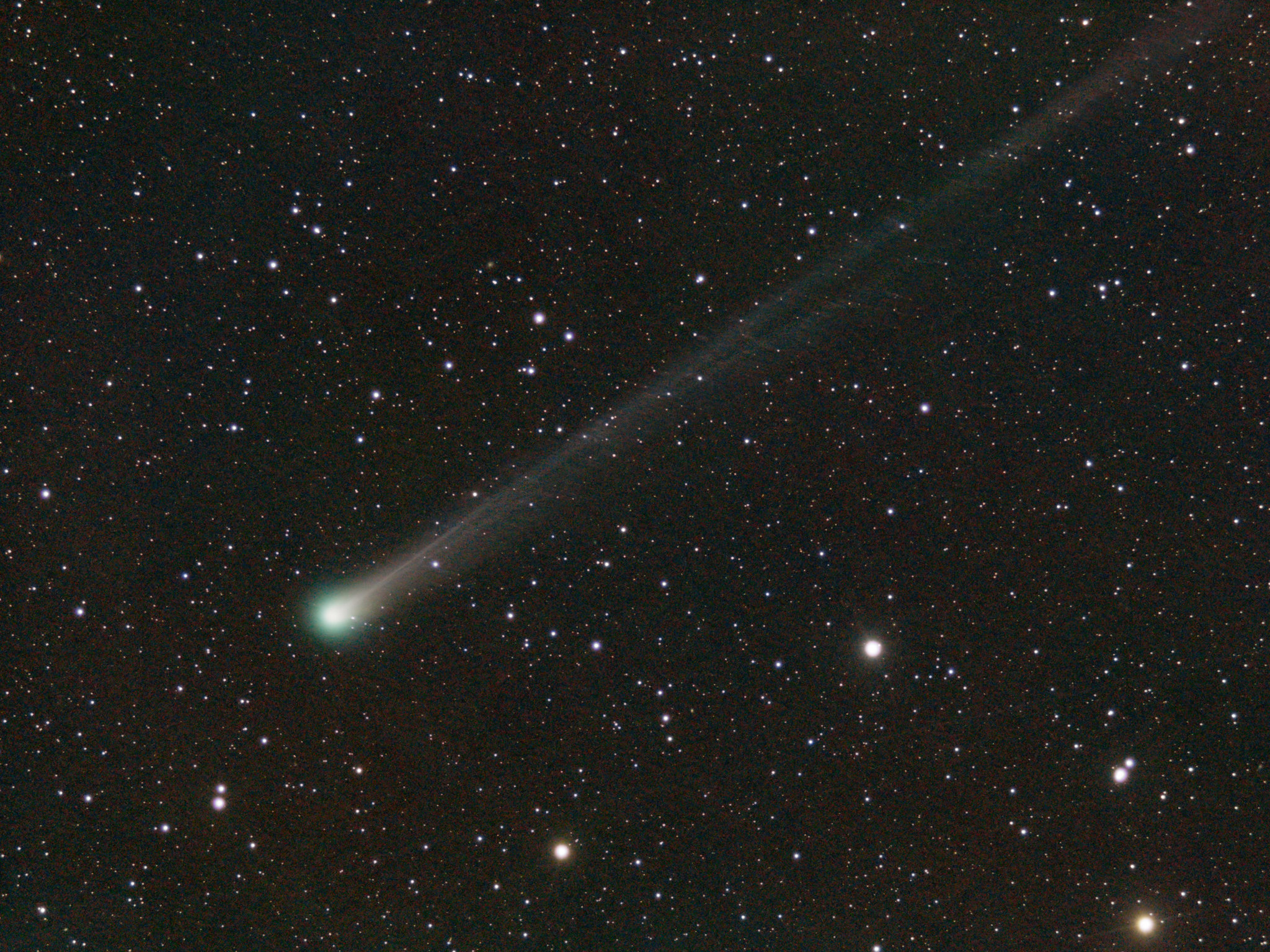
The Sky Today on Tuesday, October 21: The Orionids peak, Comet Lemmon is closest to Earth, and Titan makes a transit
Tue October 21st, 2025
 New moon of October 2025 hides red star Antares for some lucky stargazers tonight
New moon of October 2025 hides red star Antares for some lucky stargazers tonightMon October 20th, 2025
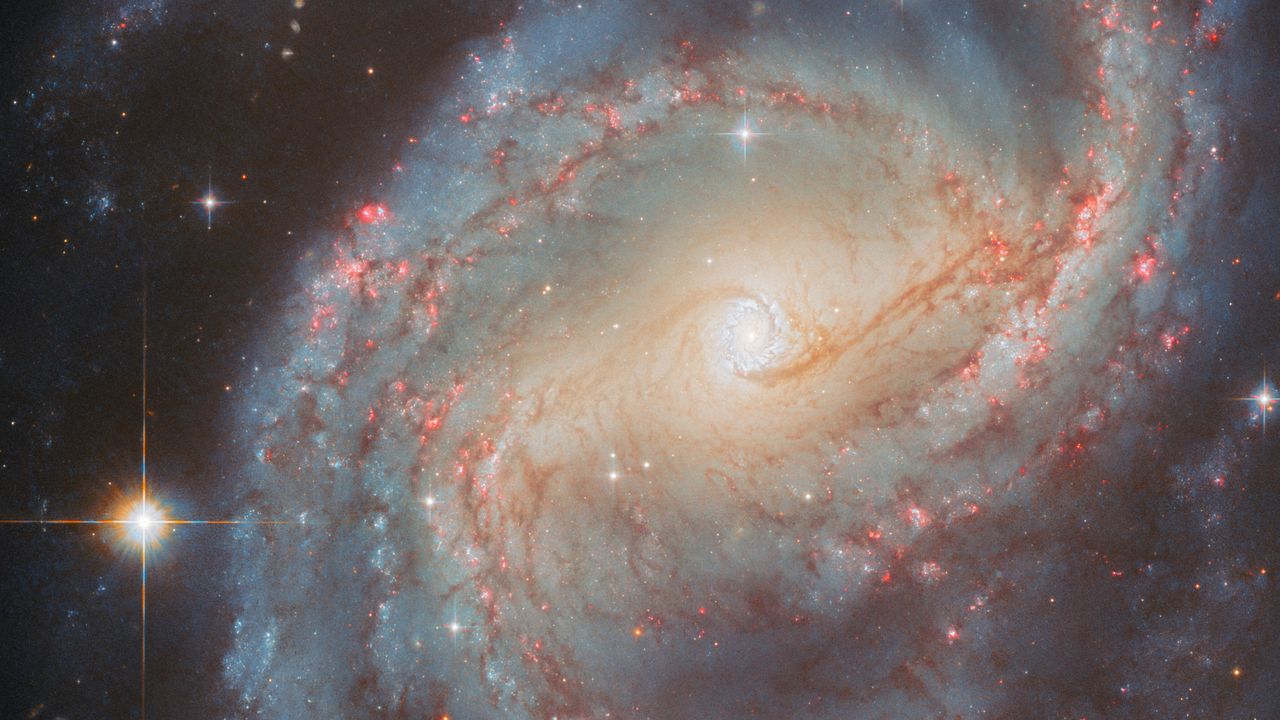 Hubble spies a glowing 'starburst ring' | Space photo of the day for Oct. 20, 2025
Hubble spies a glowing 'starburst ring' | Space photo of the day for Oct. 20, 2025Mon October 20th, 2025
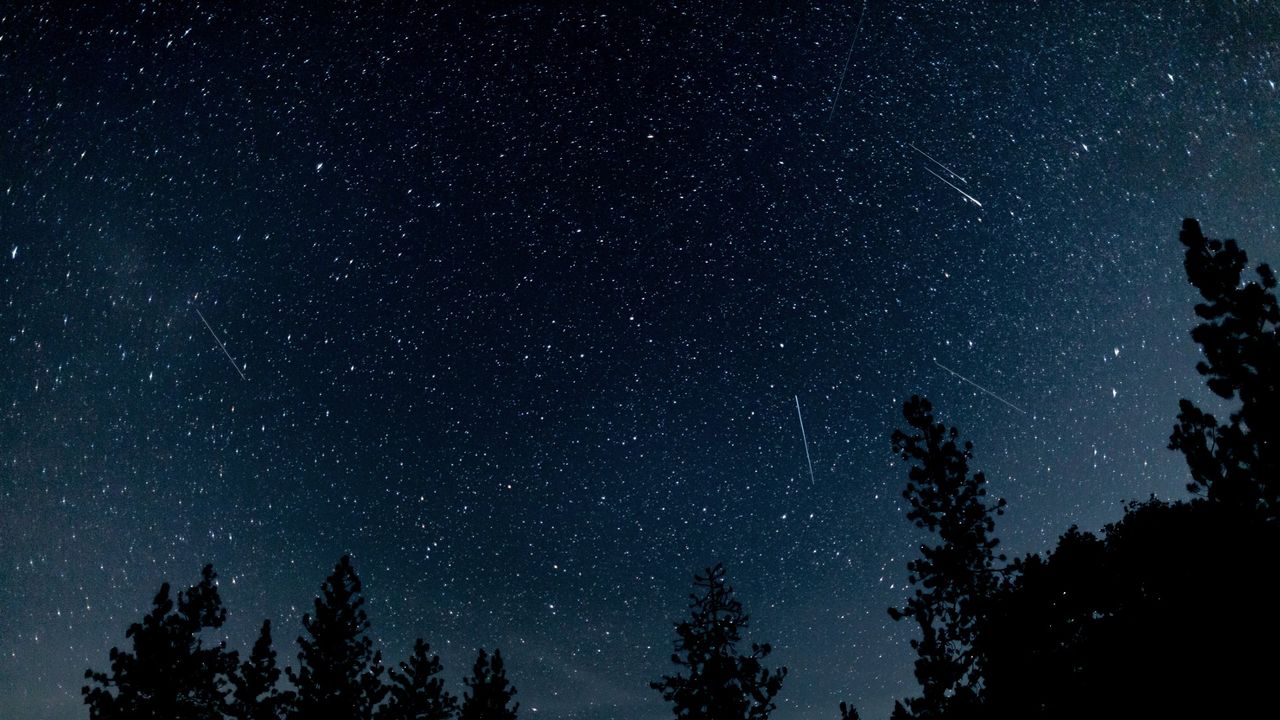 Don't miss the Orionid meteor shower peak begin overnight tonight under a moonless sky
Don't miss the Orionid meteor shower peak begin overnight tonight under a moonless skyMon October 20th, 2025
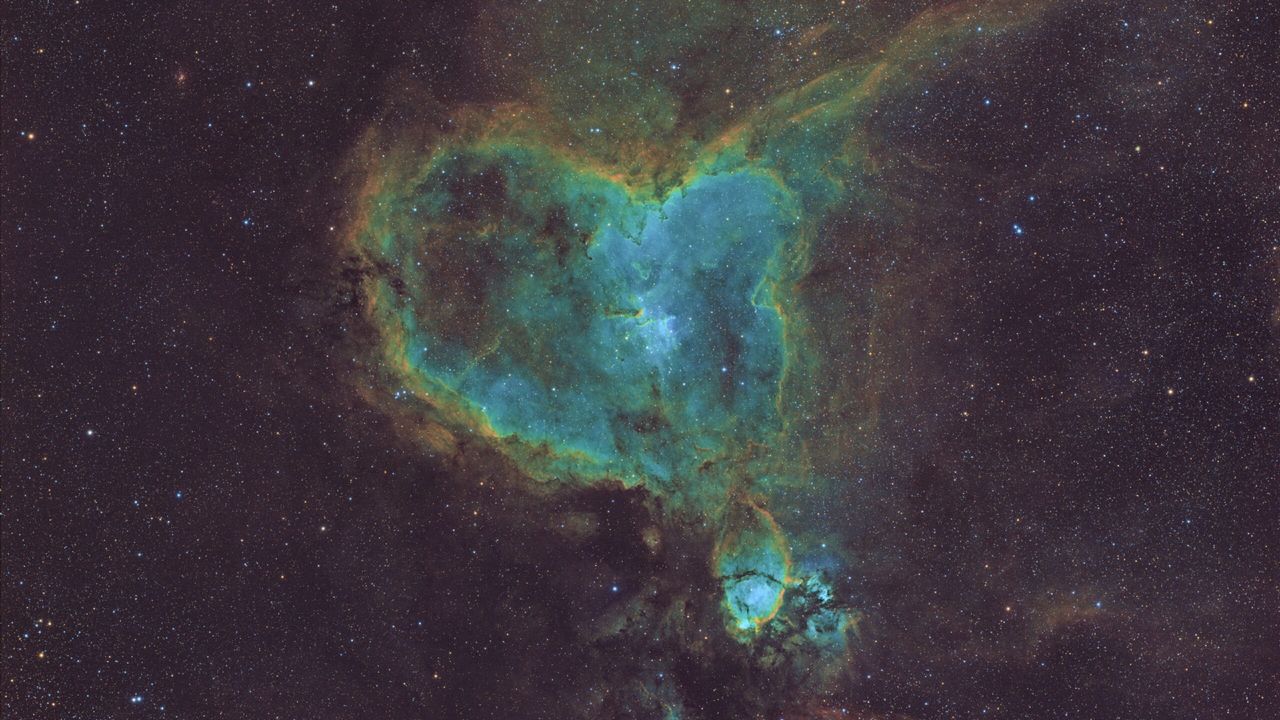 A cosmic heart bursts with light in new deep space astrophotographer portrait (photo)
A cosmic heart bursts with light in new deep space astrophotographer portrait (photo)Sun October 19th, 2025
Images from the Mars Perseverance Rover – Photo stream updated daily!

Camera: Front Hazard Avoidance Camera - Left
Earth Date: Tue February 4th, 2025
Sol: 1409

Camera: Front Hazard Avoidance Camera - Left
Earth Date: Tue February 4th, 2025
Sol: 1409

Camera: Front Hazard Avoidance Camera - Left
Earth Date: Tue February 4th, 2025
Sol: 1409

Camera: Front Hazard Avoidance Camera - Left
Earth Date: Tue February 4th, 2025
Sol: 1409
NASA's Astronomy Picture of the Day (December 12th, 2025):
Northern Fox Fires
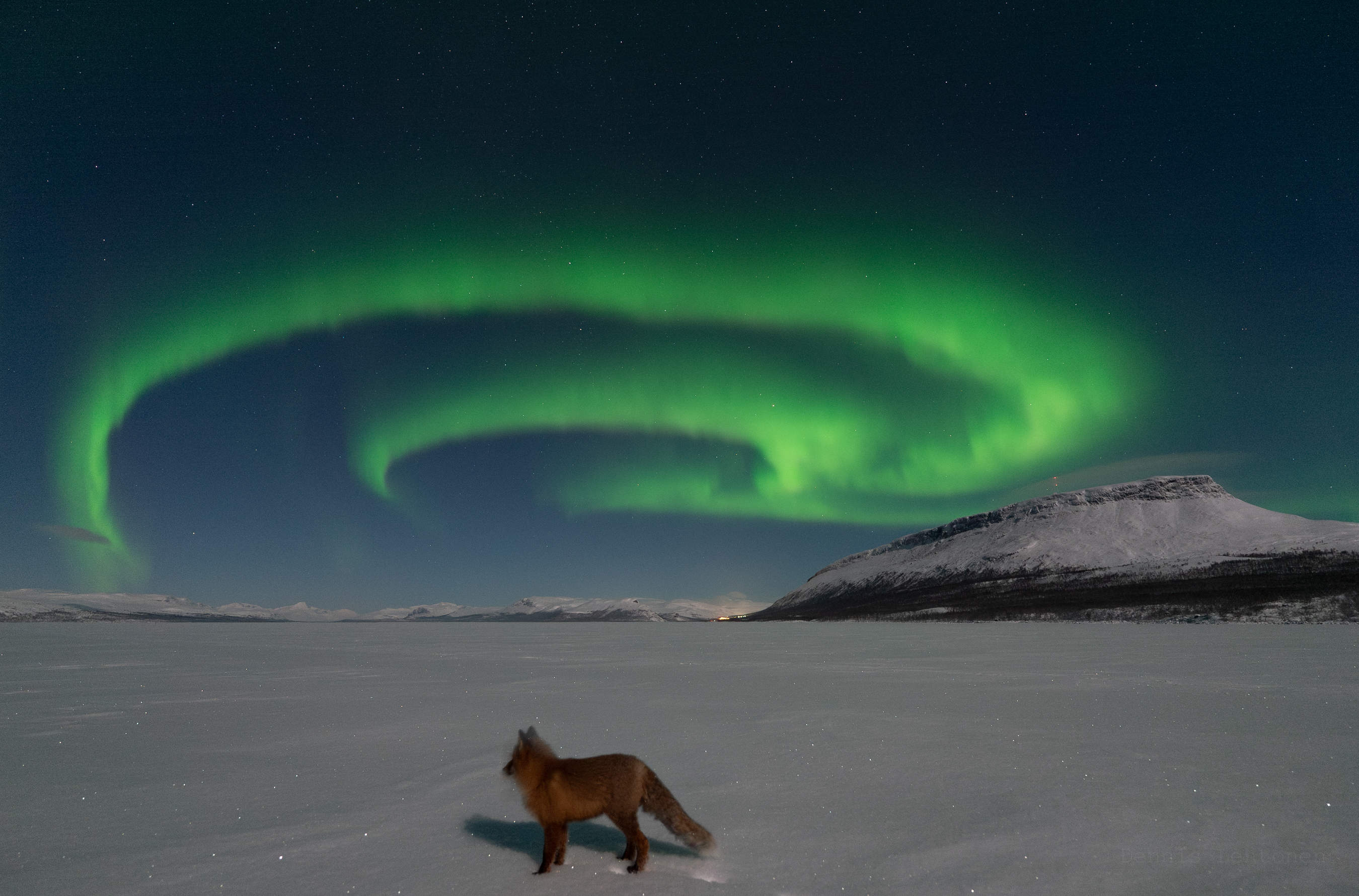
From NASA: "In a Finnish myth, when an arctic fox runs so fast that its bushy tail brushes the mountains, flaming sparks are cast into the heavens creating the northern lights. In fact the Finnish word "revontulet", a name for the aurora borealis or northern lights, can be translated as fire fox. So that evocative myth took on a special significance for the photographer of this northern night skyscape from Finnish Lapland near Kilpisjarvi Lake. The snowy scene is illuminated by moonlight. Saana, an iconic fell or mountain of Lapland, rises at the right in the background. But as the beautiful nothern lights danced overhead, the wild fire fox in the foreground enthusiastically ran around the photographer and his equipment, making it difficult to capture in this lucky single shot."





